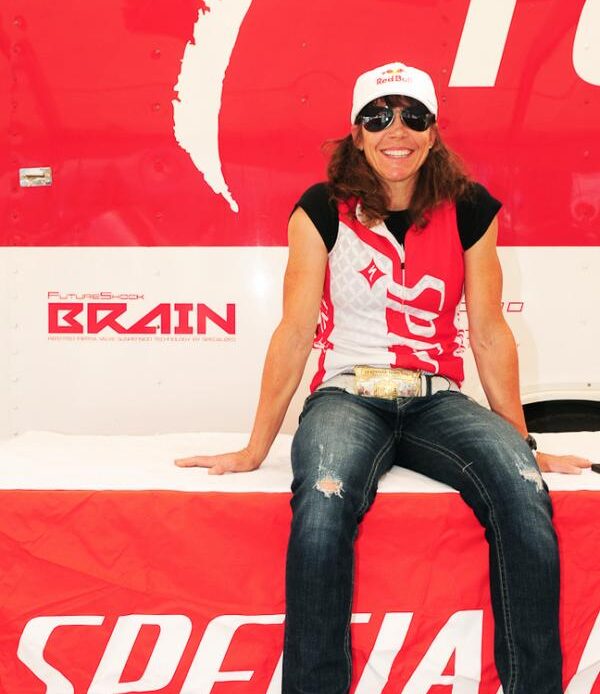Emporia, Kansas, sits in the heartland of the United States. A small, vibrant college town where a student at Emporia State University is credited with creating the sport of disc golf and making the hamlet the ‘disc golf capital of the world’.
But the community also expanded its fame over the past 17 years in the world of cycling and has become the centrepiece for gravel riding and racing. Everyone now not only knows where Emporia is located geographically but continues to build its stature historically as the home for Unbound Gravel. Paying homage to the nearby Kansas City Chiefs NFL team, three-time Super Bowl winners, locals are proud to call the hometown race the ‘Super Bowl’ of gravel.
Unbound Gravel started with 34 riders in 2006, then had 100 in 2007, and they rode on one route, 200 miles of expansive dirt roads. Now there are six routes from which to choose, and 4,000 participants clamour to get acceptance through a lottery process. Pro cyclists from around the world make this a key race for the year. But what caused the explosion in the popularity of the event?
“I can’t remember what year it was that Rebecca Rusch showed up, but she was the ‘queen of pain’, a multi-time MTB national champ, and a legitimate legend. She showed up and legitimised it, and the buzz started happening,” four-time Unbound Gravel 200 men’s champion Dan Hughes told Cyclingnews.
Hughes etched his name in history as the first winner of the event. He recalled how the event grew and pegged the year 2011 as the start of the explosion. That is the year when he won his third 200-mile full-course race in Emporia, and Rusch won her first race there in the women’s category. She stamped her authority on the event, finishing only six minutes behind Hughes for third overall among the mixed-gender field of 258 finishers.
“It went from 34 to 100 and then 200 to 400. Every one of those years, I was like, well, fast people are gonna show up next year. I think it started with Rebecca [Rusch] and then Ted King, the first of the WorldTour riders to retire and race gravel. People came to the event and were just gobsmacked at how hard the event is, and how beautiful it is, and how great the community is. And now it’s 4,000 people,” Hughes added.
“The first four years, the event started and finished at this raggedy hotel on the north side of town. But in year five, Kristy Mohn, with the Main Street Coalition, moved it downtown. And I think that was probably the first…
Click Here to Read the Full Original Article at CyclingNews RSS Feed…

